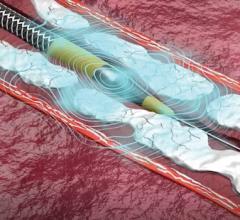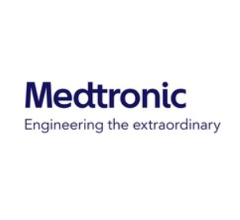
December 14, 2017 — The U.S. Food and Drug Administration (FDA) announced clearance for NuMed’s Cheatham Platinum (CP) Stent System, which includes the Covered CP Stent and the Covered Mounted CP Stent. The Covered CP Stent is a metal framework covered with cloth to patch a blood vessel tear in patients born with heart defects. The device was approved previously to reopen a blocked or narrowed aorta.
The stents are compressed and placed using a balloon-in-balloon (BiB) catheter. The catheter is inserted through the skin in the upper leg (groin) and pushed through the blood vessels until it reaches the target location. The stent is then expanded with the balloon. Once the stent is in place, the balloon catheter is removed from the body.
Patients born with heart defects often receive a pulmonary valve conduit (a tube with a valve inside), also known as a right ventricular outflow tract (RVOT) conduit. The RVOT conduit is used to correct the defects. Over time, the conduit may become narrowed or leaky and will need to be replaced. If a patient who has previously had a conduit implanted needs a new pulmonic valve, one option for replacement is the use of a transcatheter heart valve (THV). As part of the procedure to replace the pulmonic valve a BiB catheter is used to widen the area where the new valve will be located. Sometimes, this process causes the RVOT conduit to rupture or tear. The Covered CP Stent is used to cover the tear in the conduit before implanting a THV.
If the Covered CP stent is able to successfully close the tear in the RVOT conduit, the surgeon may be able to continue implanting the new THV. If this approach is possible, the new valve can be implanted without open-heart surgery. In a clinical study of 50 patients, about 9 out of 10 had successful closure of the conduit tear with use of the Covered CP Stent followed by successful implantation of a pulmonic valve.
- The Covered CP Stents should not be used in patients who:
- Are too small to allow safe delivery of the stent without injury to a systemic vein or to the right side of the heart;
- Exhibit clinical or biological signs of infection;
- Have active infection in the heart (endocarditis); and/or
- Are pregnant.
For more information: www.numedinc.com


 November 14, 2025
November 14, 2025 









